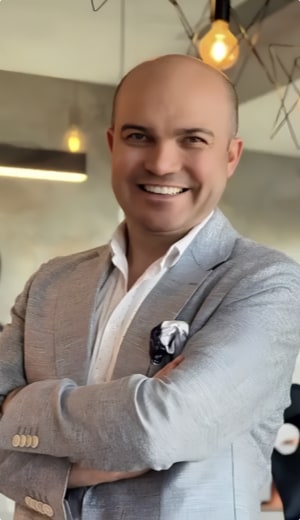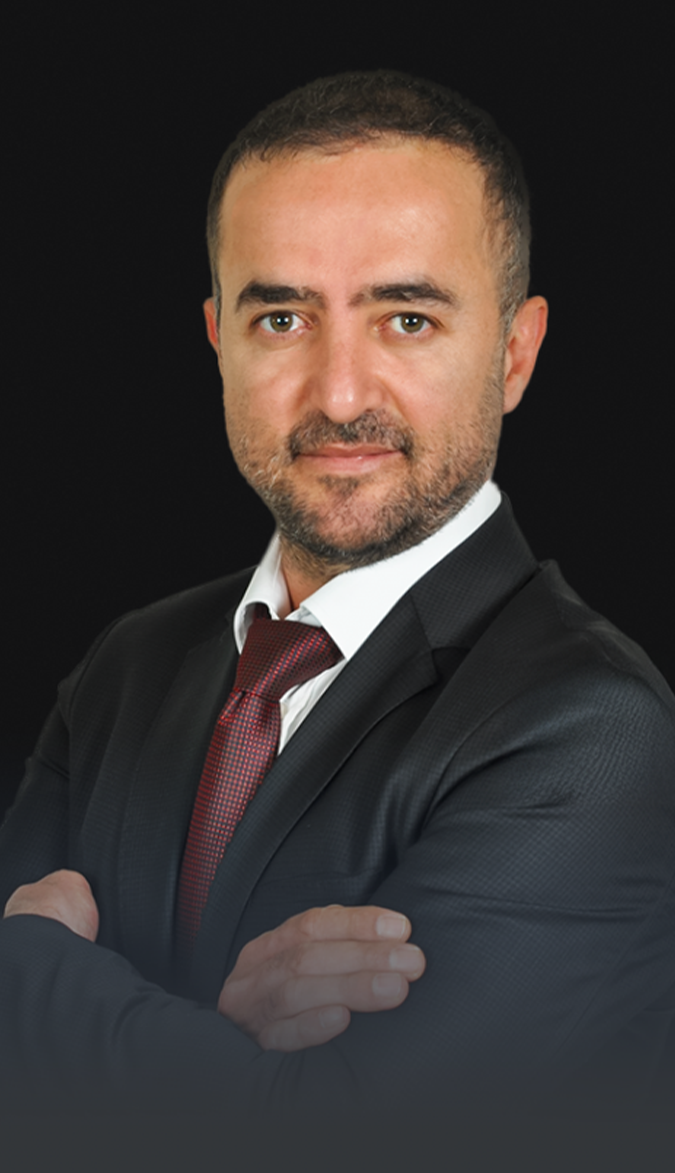What is Unshaved Hair Transplant?
Unshaved hair transplant, also known as a no-shave hair transplant, is a specialized technique that eliminates the need to shave the head during the procedure. This approach is ideal for individuals who wish to maintain their existing hairstyle without revealing they’ve undergone surgery.
Different Types of No-Shave Hair Transplants
Completely Unshaven Hair Transplant
This method leaves the entire scalp untouched, allowing for full preservation of the current hairstyle. It’s ideal for smaller graft numbers and minimal hair loss.
Partially Unshaved Hair Transplant
In this method, only a small area of the donor region is shaved. This discrete approach offers flexibility for patients requiring more grafts while still maintaining their look.
What Happens During Unshaven Hair Transplant Surgery?
The process for unshaved hair transplantation is similar to traditional hair transplants, but with modifications to preserve the surrounding hair:
- Consultation: Assessment of hair density and transplant goals.
- Extraction: Hair follicles are carefully extracted from the donor area without full shaving.
- Implantation: Grafts are placed into the recipient area with precision, ensuring natural growth patterns.
- Aftercare: Patients receive personalized recovery instructions to optimize results.
See also. Hair Growth Timeline After Hair Transplant
What Are the Benefits of Unshaven Hair Transplants?
- Discretion: No visible signs of surgery for a seamless transition.
- Preserved Hairstyle: Maintain your original look throughout the process.
- Confidence Boost: Ideal for professionals and individuals who want to avoid questions about their procedure.
What are the Disadvantages of a Hair Transplant Without Shaving?
Limitations:
- May require more time due to the precision involved.
- Not suitable for individuals with extensive hair loss.
- Slightly higher cost compared to traditional methods.
Are You Suitable for an Unshaven Hair Transplant?
Candidates for this procedure typically:
- Have localized or mild hair loss.
- Wish to avoid a shaved appearance.
- Have sufficient donor hair for extraction.
See also. Donor Area in Hair Transplant: 2025 Guide
What Method to Use in a No-Shave or Partial-Shave Hair Transplant?
Advanced methods such as Sapphire FUE or DHI are preferred for unshaved hair transplantation. These techniques allow precise implantation while minimizing damage to surrounding hair.
Can I Have a Hair Transplant Without Shaving Hair?
Yes! With techniques like no-shave FUE, it’s possible to achieve natural results while maintaining your original hairstyle. Contact our team at Rebornia Hair Clinic to discuss the best approach for your needs.
Without Shaving Hair Transplant in Turkey
Turkey is renowned for offering affordable, high-quality hair transplant procedures. At Rebornia Hair Clinic, we combine advanced technology with personalized care to deliver excellent results at competitive prices.
See. Hair Transplant Turkey Guide in 2025
Restore Your Hair Discreetly with Rebornia Hair Clinic
Experience the benefits of unshaven hair transplantation at Rebornia Hair Clinic. Contact us today to book your consultation and take the first step toward a confident, natural-looking hairline.




